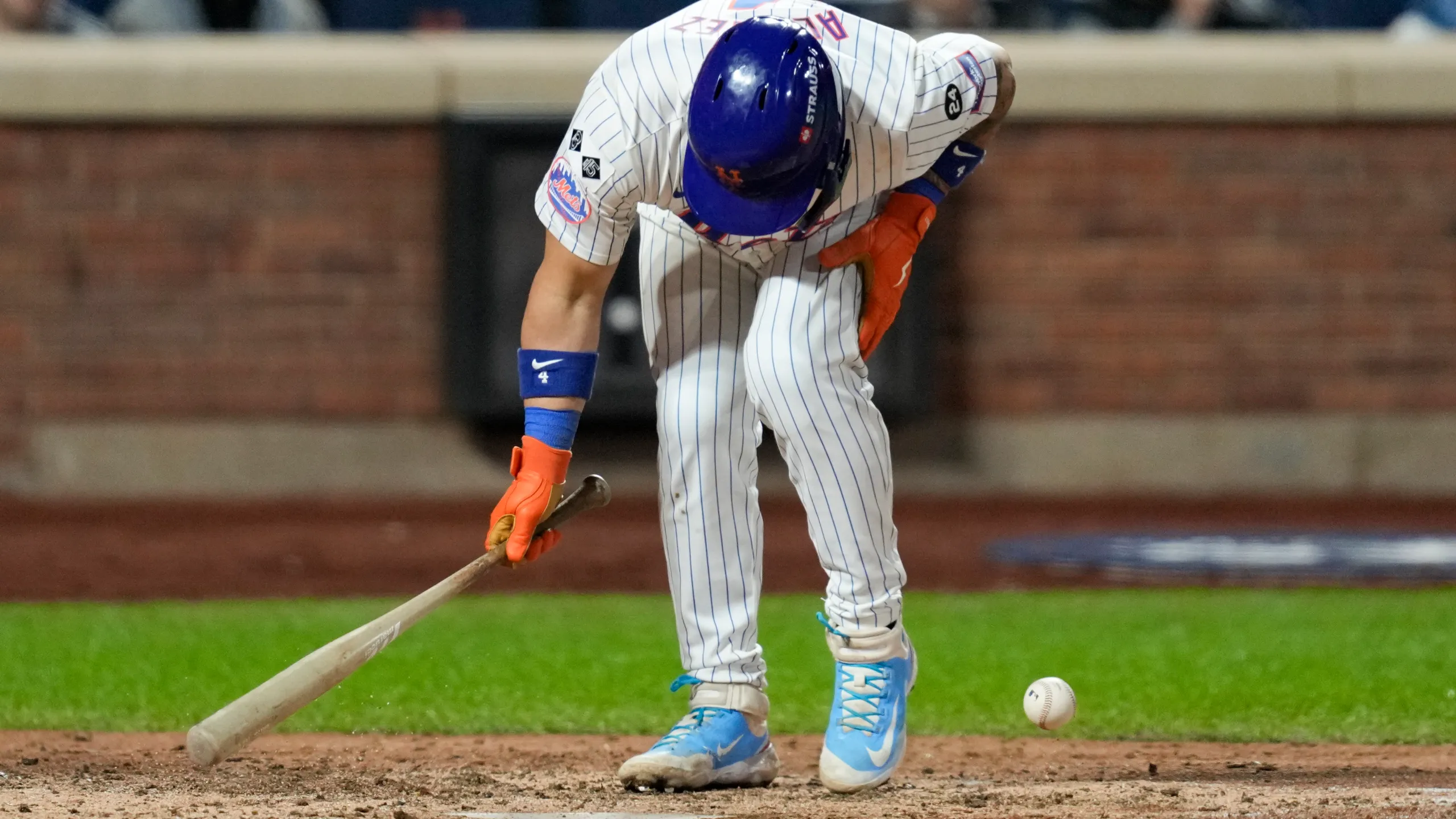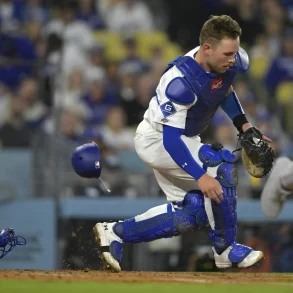The New York Mets have struggled with consistent success since their inception in 1962, only making back-to-back playoff appearances twice, in 1999-2000 and 2015-2016. They have qualified for the playoffs twice in three years only twice as well, with the 1986 and 1988 teams, and most recently with the 2022 and 2024 squads.
Sustained success has been elusive for the franchise, a stark contrast to teams like the Dodgers, Braves, and Astros, who remain competitive nearly every year, taking more shots at winning championships. The challenge now for Mets owner Steve Cohen and president of baseball operations David Stearns is to create a team that remains consistently competitive.
One way to illustrate the Mets’ historical inconsistency is by comparing them to the Yankees. Since 1995, the Yankees have made the playoffs 20 times without winning a championship, in addition to the five titles they did win during that period. In contrast, the Mets have only made the playoffs 11 times in total since 1962. This inconsistency has left the Mets unable to build the sustained momentum that elite teams thrive on, making their moments of success feel fleeting.

The reasons for the Mets’ struggles have varied over the decades. In the early 1970s, after winning the World Series in 1969 and capturing a pennant in 1973, the Mets were derailed by the death of manager Gil Hodges and subsequent poor management decisions, notably by M. Donald Grant.
The team became notoriously frugal, and from 1974 to 1984, they were never competitive. The Mets’ next era of potential dominance in the late 1980s, after winning the World Series in 1986, was squandered due to poor roster decisions and internal dysfunction, leading to a steep decline by the early 1990s.
After their resurgence in 1999 and 2000, the Mets again faltered, failing to sustain success. Instead of firing general manager Steve Phillips, who assembled an aging roster, ownership made other questionable decisions, including firing manager Bobby Valentine and hiring Art Howe.
This era ended with more disappointment and led to another rebuild. However, by 2006, there was renewed hope as the Mets built a strong young core and made marquee signings, but heartbreaking collapses in 2007 and 2008 dashed their hopes and led to further instability.
The brief success of 2015-2016 felt fragile from the start, as the team was built around a pitching staff that eventually succumbed to injuries. While they made the playoffs in 2016, it was largely because other teams underperformed, not because of their own dominance. The team’s inconsistency persisted until 2022, when another promising team fell short in the playoffs, leading to a sense of unfinished business heading into the 2024 season.
Now, with Cohen, Stearns, and new manager Carlos Mendoza leading the team, there is hope that the Mets are building something more sustainable. There is a plan in place, and the next few years will be critical in determining whether they can finally build the kind of perennial contender that has eluded the franchise for so long. Whether this current leadership group can break the cycle of fleeting success remains to be seen.







